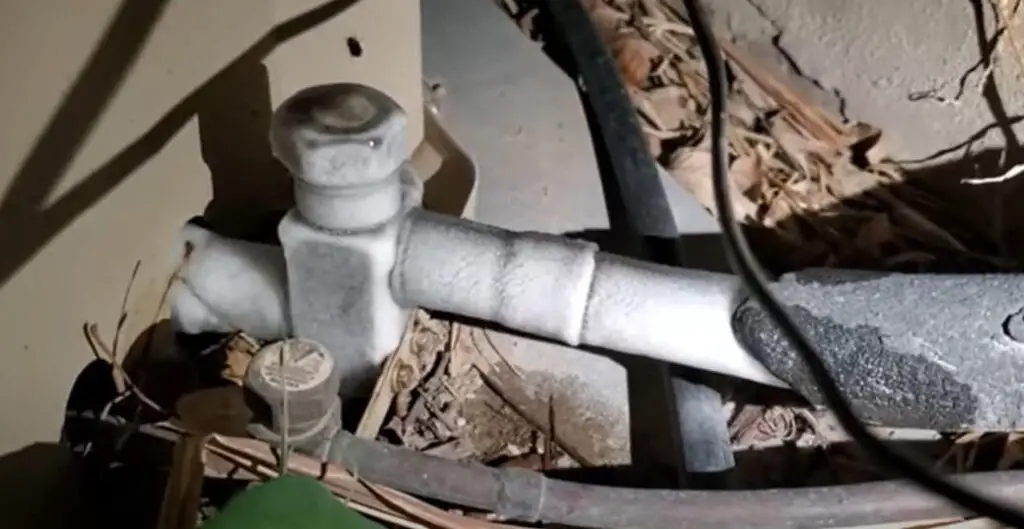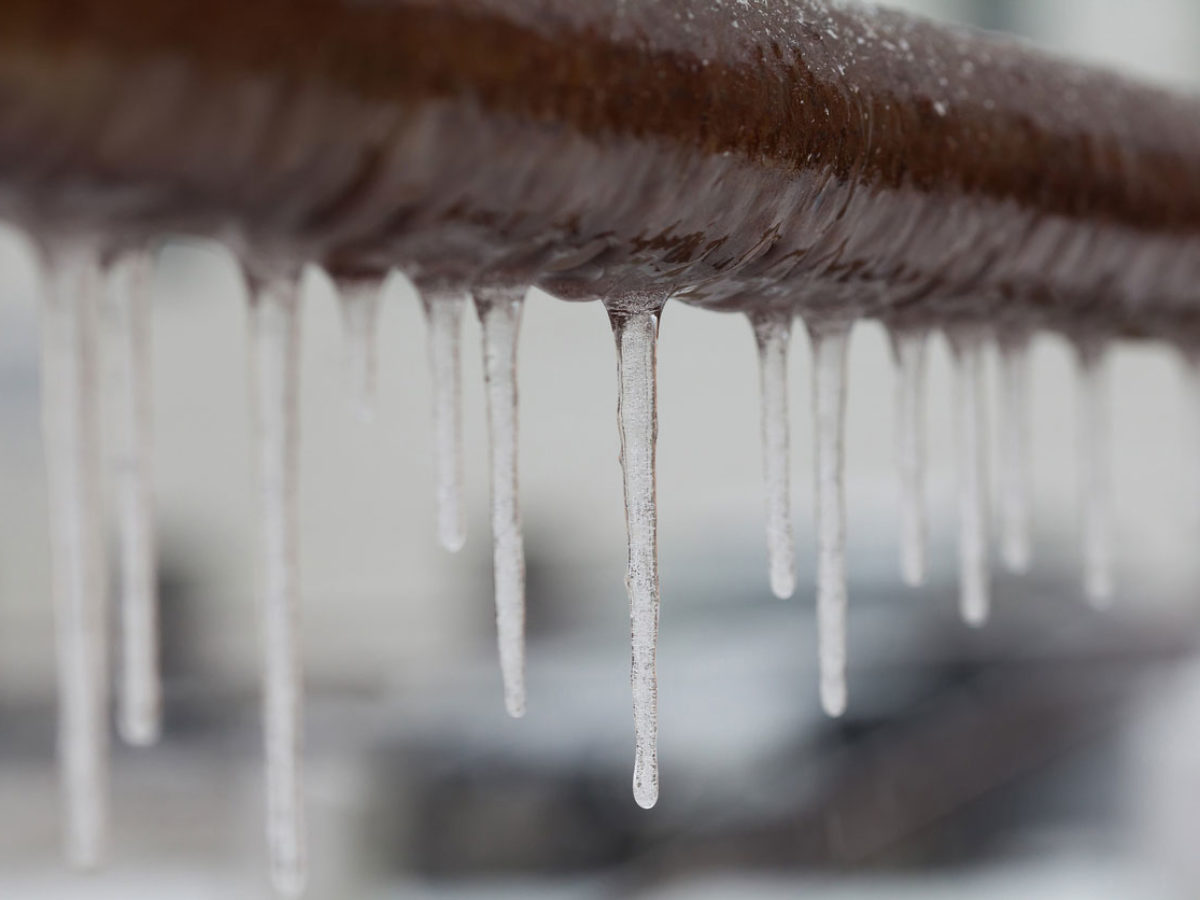What to Deal With a Frozen AC Pipe - Essential Steps for Restoration
What to Deal With a Frozen AC Pipe - Essential Steps for Restoration
Blog Article
What're your concepts on Have a Frozen AC Line? Here’s How to Fix It?

Intro
Finding that your AC pipeline is frozen can be worrying, especially throughout warm summer months when you rely upon your ac unit the most. Recognizing what to do in such a situation is critical to avoid more damage to your air conditioning system and ensure your convenience inside your home.
Recognizing the Causes
Several aspects can contribute to the freezing of an AC pipe. Comprehending these reasons can aid you deal with the problem properly.
Lack of Airflow
One common root cause of an icy air conditioner pipeline is inadequate airflow. When the airflow over the evaporator coil is restricted, it can create the coil to go down below freezing temperature level, causing ice development on the pipe.
Low Refrigerant Levels
Not enough cooling agent levels in your AC system can additionally cause a frozen pipeline. Reduced refrigerant levels can cause the stress in the system to go down, resulting in the freezing of wetness on the evaporator coil.
Cold Weather Conditions
In cooler climates, freezing temperature levels outside can contribute to the cold of air conditioning pipelines. If your air conditioning device is not properly shielded or if there are leaks in the ductwork, chilly air can penetrate the system, causing the pipe to ice up.
Dirty Air Filters
Unclean or clogged air filters can restrict air movement in your air conditioner system, resulting in different concerns, consisting of an icy pipe. It's necessary to replace or clean your air filterings system regularly to ensure proper airflow and avoid ice buildup.
Signs of a Frozen Air Conditioning Pipe
Recognizing the signs of an icy air conditioner pipeline is vital for timely action.
Reduced Airflow
If you see a significant decrease in air flow from your vents, it can show an icy pipe.
Ice Buildup on the Pipe
Visible ice build-up on the refrigerant line or the evaporator coil is a clear indication of an icy air conditioning pipeline.
Unusual Sounds from the Unit
Uncommon noises, such as hissing or gurgling, coming from your air conditioner system can signify that there's ice present on the pipeline.
Immediate Actions to Take
When confronted with a frozen a/c pipeline, it's necessary to act promptly to prevent additional damages to your air conditioning system.
Turning off the a/c
The very first step is to turn off your ac unit to prevent the system from running and exacerbating the issue.
Checking for Blockages
Examine the area around the indoor unit for any blockages that may be blocking air flow, such as furnishings or drapes.
Thawing the Pipe
You can use mild approaches like putting towels taken in warm water around the icy pipeline to aid thaw it slowly.
Safety nets
Taking preventive measures can assist prevent future incidents of a frozen a/c pipeline.
When DIY Methods Fail
If your efforts to thaw the pipeline or address various other problems are unsuccessful, it's time to call in a specialist.
Significance of Hiring a Professional HVAC Technician
A certified HVAC service technician has the competence and devices required to identify and fix issues with your air conditioner system safely and successfully.
Regular Maintenance Checks
Arrange normal maintenance get in touch with an expert HVAC specialist to make sure that your air conditioner system is running efficiently.
Changing Air Filters
Consistently replace or cleanse your air filters to avoid airflow constraints and maintain optimum performance.
Shielding Exposed Pipes
If your a/c pipes are subjected to cold temperatures, take into consideration protecting them to stop cold throughout winter season.
Looking For Professional Help
If DIY approaches fall short to settle the concern or if you're unsure about how to proceed, it's ideal to look for aid from a certified HVAC professional.
Verdict
Taking care of a frozen air conditioning pipe can be an aggravating experience, but recognizing exactly how to respond can aid lessen damage and restore convenience to your home. By comprehending the reasons, identifying the signs, and taking punctual action, you can properly attend to the issue and stop future occurrences.
Frozen AC Line: Why It Happens & What To Do About It
A frozen AC line can be a rather peculiar sight in a place like Phoenix, Arizona where nothing ever freezes. In this post, we’ll discuss what makes an air conditioner line frozen – and what you can do about it.
Dirty Air Filters
Did you know that you should be cleaning or replacing your air filters on a monthly basis? Failing to do this can result in airflow issues that, in turn, cause your evaporator coils and lines to freeze over. You’ll notice a buildup of ice on both components, although the buildup on your pipes will, of course, be more evident unless you open your air condition up to reveal the coils.
What To Do About It
Give your air filter a good cleaning if it’s reusable. If not, replace the filter outright. Next, switch your air conditioner’s fan setting on and leave it there for 2-3 hours. This will draw warm air in, helping to thaw your evaporator coil. You can also check out this article for some tips on cleaning the coils themselves if you’d like to speed the process up. Before you switch the unit back to its normal state, make sure the supply vents are completely unobstructed and free of dust or other debris.
If you keep having this issue even after replacing your filters regularly, contact a local HVAC repair company and have them inspect your evaporator coil, ductwork, and any other components that may be at fault. If you live in the Phoenix, Arizona area, give American Home Water and Air a call.
Low Refrigerant Levels/Leakage
What To Do About It
Contrary to what air conditioner “recharge” companies often tell their clients about refrigerant, it should never need to be simply refilled. You see, refrigerant runs in what experts refer to as a “closed loop.” Refrigerant really shouldn’t be leaving that loop. If it is, you’ve got a leak.
Paying someone to come and pump more refrigerant into your system (aka “recharge” it) isn’t the solution. Doing that will simply kick the can down the road. Besides, refrigerant leaks can be harmful to the environment and people in your home.
Rather, you need to take care of the leak with the help of a technician. Check out this article for some more information about dealing with air conditioners that are leaking refrigerant. Before you contact a technician, switch your thermostat to the off position. Then, switch the fan setting on and let it run for 2-3 hours so the unit can thaw.
Improper Temperature Setting
Improper temperature settings can also cause a drop in your air conditioner’s pressure. What many people don’t realize is that air conditioners are actually designed to run when temperatures have fallen above roughly 60 degrees Fahrenheit. If you run the unit when it’s cold outside, you’ll run into many issues, including frozen components.

As an avid person who reads on Air Conditioner Frozen? How To Fix your Frozen AC Line, I was thinking sharing that section was a great idea. Enjoyed reading our review? Please share it. Help other people discover it. Thank you so much for taking the time to read it.
Article Report this page